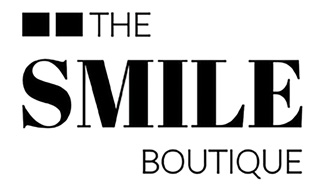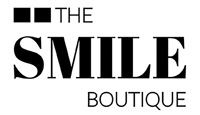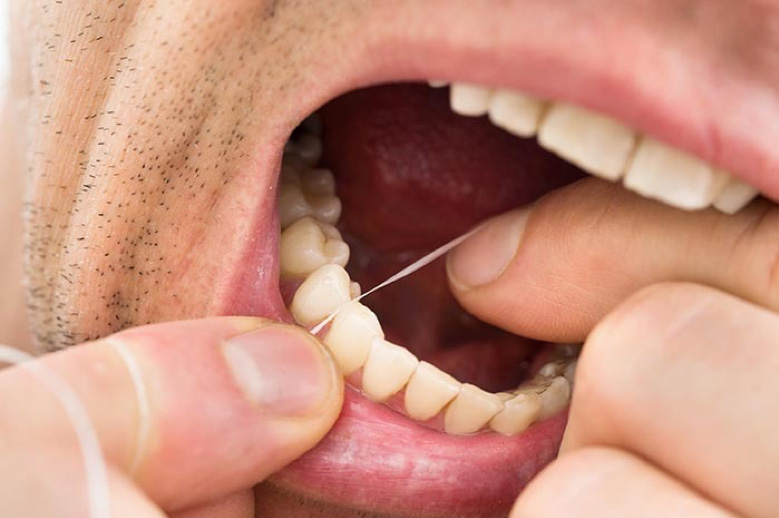Taking care to clean your teeth properly every day can keep your teeth and gums healthy.
Plaque is a film of bacteria that coats your teeth if you don’t brush them properly. It contributes to gum disease, tooth decay and cavities.
Tooth brushing prevents plaque building up. It isn’t just about moving some toothpaste around your mouth, though. You need to concentrate on the nooks and crannies to make sure you remove as much plaque and leftover bits of food as possible.
When should I brush my teeth?
Brush your teeth for at least 2 minutes in the morning before breakfast and last thing at night before you go to bed.
Never brush your teeth straight after a meal as it can damage your teeth, especially if you’ve had fruit, soft drinks, wine or any other food that contains acid.
This is because tooth enamel is softened by the acid and can be worn away by brushing. Instead, wait an hour after a meal before brushing your teeth to give your saliva chance to neutralise the acid.
Should I use an electric or manual toothbrush?
It doesn’t matter whether you use an electric or manual toothbrush. They’re both equally good as long as you brush with them properly. However, some people find it easier to clean their teeth thoroughly with an electric toothbrush.
What should I look for in a toothbrush?
For most adults, a toothbrush with a small head and a compact, angled arrangement of long and short, round-end bristles is fine. Medium or soft bristles are best for most people. Use an electric brush with an oscillating or rotating head. If in doubt, ask your dentist.
What type of toothpaste should I use?
The cleaning agents and particles in toothpaste help to remove plaque from your teeth, keeping them clean and healthy. Brushing with fluoridated toothpaste is the most effective way to receive fluoride and fight tooth decay.
The Australian Dental Association recommends you avoid toothpaste for babies and toddlers up to 18 months and use only low-fluoride formulas for children 18 months to 6 years old to prevent fluorosis (caused by swallowing too much fluoride).
How to brush your teeth
Brush your teeth with fluoride toothpaste twice a day for at least 2 minutes to help keep your teeth and mouth healthy. Spend 30 seconds on each quarter of your mouth.
A simple tip is to visualise a tooth as having 5 surfaces. Three of these — the top, the front and the back — all need brushing. Flossing takes care of the 2 hidden surfaces in between the teeth.
- Place the head of your toothbrush against your teeth, then tilt the bristle tips to a 45-degree angle against the gum line. Move the brush in small circular movements, several times, on all the surfaces of every tooth.
- Brush the outer surfaces of each tooth, upper and lower, keeping the bristles angled against the gum line.
- Use the same method on the inside surfaces of all your teeth.
- Brush the chewing surfaces of the teeth.
- To clean the inside surfaces of the front teeth, tilt the brush vertically and make several small circular strokes with the toe (the front part) of the brush.
- Brushing your tongue will freshen your breath and clean your mouth by removing bacteria.
- When you have finished brushing, try to spit out the toothpaste and don’t rinse with water. Leaving some toothpaste on your teeth gives your teeth some extra ongoing protection.
How to floss
Flossing isn’t just for dislodging food wedged between your teeth. Regular flossing may also reduce gum disease and bad breath by removing plaque that forms along the gum line.
- Wind about 45cm of floss around your middle fingers and rest it across your thumbs and index fingers.
- Always insert the floss gently using a gentle side-to-side motion to avoid traumatising the gums
- To clean the “neck” of the tooth, which is the point at which it meets the gums, curl the floss and insert it gently under the gum.
- You can use inter-dental brushes instead of flossing, especially if your teeth are very close together and you find it difficult to manoeuvre dental floss through the gap.
Always insert the floss gently using a gentle side-to-side motion to avoid traumatising the gums.
Avoid using toothpicks to remove trapped food from between your teeth, as you could cause your gums to bleed, which can lead to an infection.
Should I use mouthwash?
Yes, using a mouthwash after brushing your teeth can help get rid of any last bits of bacteria or leftover food that you might have missed with your toothbrush.
Many mouthwashes contain alcohol, so they’re not suitable for children, as they could swallow them accidentally. If you use a mouthwash with alcohol, you may get a very dry mouth and dry, cracked lips due to the drying effect of the alcohol. You can avoid this by using an alcohol-free version.
Are plaque-disclosing tablets helpful?
Plaque-disclosing tablets work by dyeing plaque either blue or red and can be very useful at showing you which areas of your teeth you’re not cleaning properly.
As the staining can last for some hours, it’s best to use these tablets at bedtime or when you’re not expecting visitors.
REFERENCE – https://www.healthdirect.gov.au/teeth-cleaning











